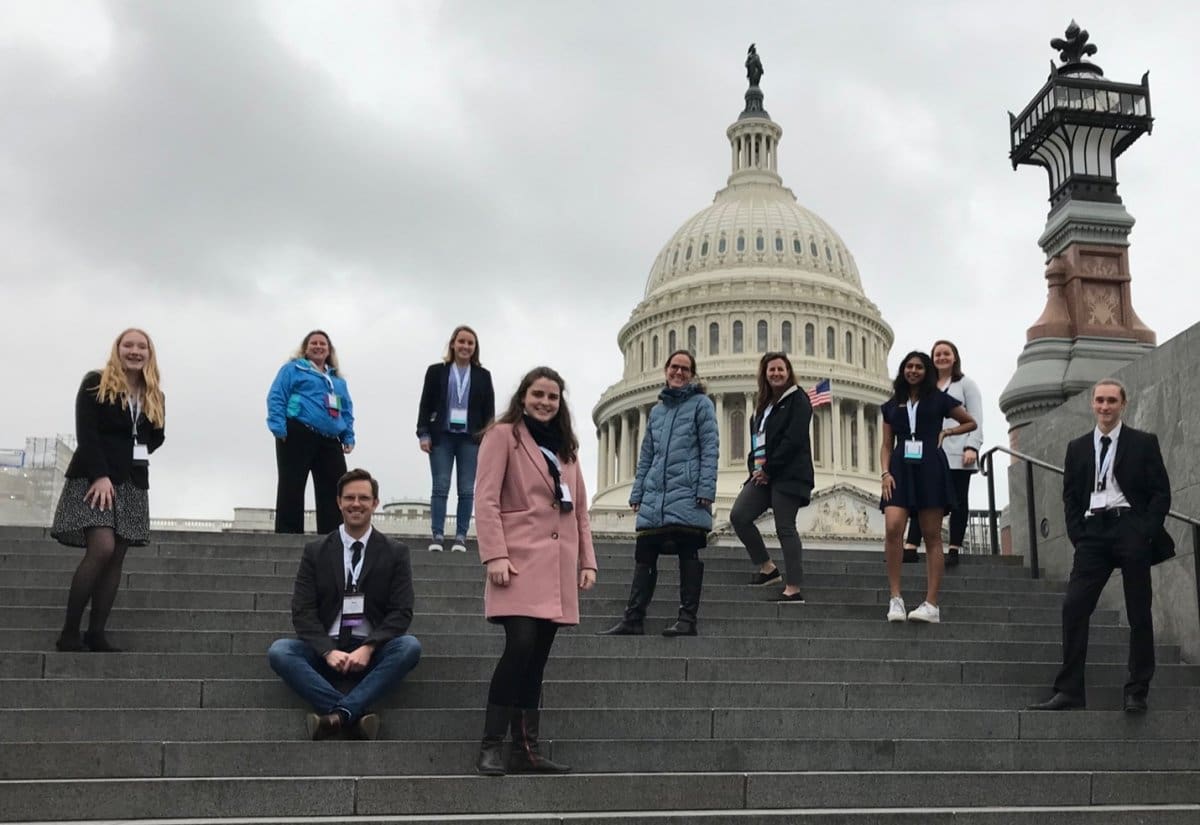
“Longmeadow is a suburb of Springfield, Massachusetts, with a population of about 15,000, predominantly white and middle to upper-middle class residents,” said the coalition’s Substance Use Response Coordinator Shelly Warren. “Our student body is 79% white, 10% Asian American, 5% Latninx and 2% African American, with a significant Jewish community. The CLOSE Community Coalition formed in 2015 in response to opiate addiction and overdoses affecting our community.”
“Students are experiencing social isolation and disengagement, and are at higher risk for using substances while alone at home,” said Warren. “With nearly 90% of the student population participating in sports or other extracurricular activities, social distancing has taken a specific toll on the social emotional well-being of the students. It is difficult to engage the community in prevention programming while physically distancing, especially as Zoom fatigue has set in over the months. There is also increased access to alcohol in the home.”
“We have continued parent engagement with virtual meetings and events, including a community movie night featuring the film Beautiful Boy, a postcard-based parent social norms campaign, a Safe Storage social marketing campaign, an online parent survey and a student PSA project,” said Warren. “We have also hosted outdoor pop-up concerts at the library featuring student musicians, a motivational sidewalk chalk art competition and a Halloween Howl event. All of these activities are our way of attempting to build a sense of community in any way we can during this time.”
“We are most proud of our youth coalition, a club called STAND (Students Together Against Negative Decisions) at the high school,” said Warren. “The leaders have attended CADCA’s signature events and brought back strategies that they are implementing, such as a student-led social norms campaigns, student designed PSAs on vaping risks and recovery and development of a social media presence for messaging during the pandemic. We have four high school students on our board of directors as active contributors.”
“As a result of pandemic shutdowns, we have pivoted to reallocate resources to support schools’ Social Emotional Learning programming during this time,” said Warren. “We have provided an online prevention curriculum, online intervention programs and received support for our virtual speaker programs. We have really been targeting vaping with these efforts.”
“According to our latest survey, vaping rates in Longmeadow are currently more than 50% lower than the state average and this year’s report shows that CLOSE has helped to cut our own high school vaping rate in half in less than a year,” said Warren. “We’ve achieved this by working with local lawmakers and the Board of Health on banning the retail sale of all e-cigarettes in town. The student leaders from our STAND youth coalition coordinated a display for all high school students to see that updated the outcomes of the EVALI (e-cigarette or vaping product use-associated lung injury) deaths in the U.S. each day for the entire spring semester, according to the EVALI real-time tracker that the New York Times developed. The display included the potential health risks of e-cigarette use in addition to student social norms messages that highlighted the data around most students in school choosing not to use e-cigarettes.”
“Getting young people involved as early as possible is so important,” said Warren. “Invest in your youth! The return on investment is priceless and really does trickle down. This includes paid opportunities to get involved in social norms marketing design, environmental strategies like shoulder taps and alcohol purchase surveys, and even retail environmental scans of advertising practices.”
“Getting creative around our use of federal funding has also been integral,” said Warren. “We have been investing more in the socially distant messaging of online and mail-in advertising, as well as e-curricula for our health and wellness educators,” said Warren. “We have also increased paid work opportunities for youth who have a lot more free time on their hands since the pandemic began.”

